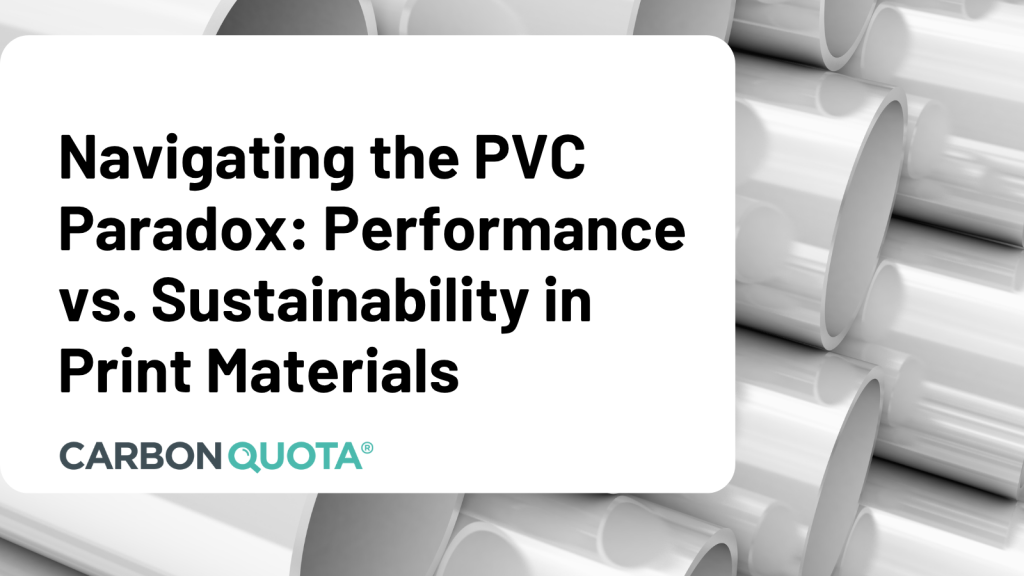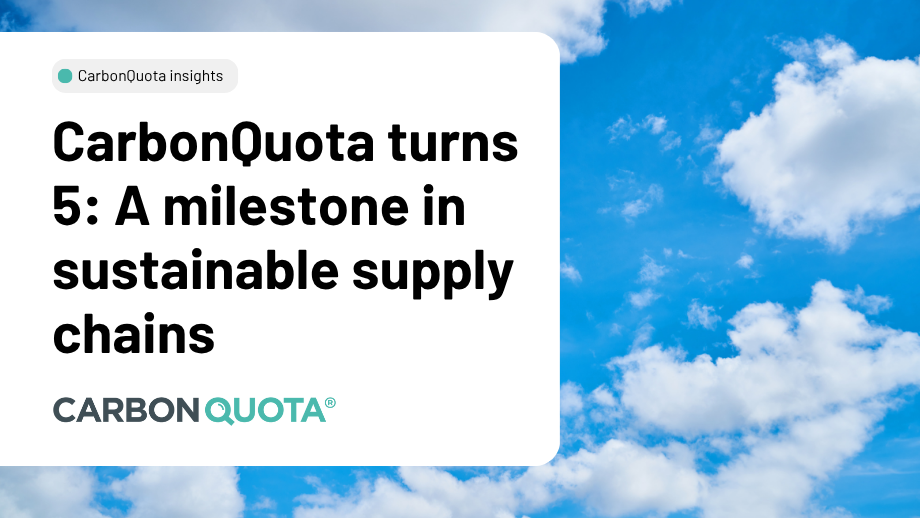In this article Nathan Tiller, Co-founder of CarbonQuota, explores how science, data and technology need to work together to help the sector explore and reduce its environmental impact – at every stage of the lifecycle of a book, from forest to the problem of unwanted books.
The environmental movement relies on books
I’ve always had an interest in environmental issues, and books have been central to that. Silent Spring was one of the first publications that dealt with sustainability 60 years ago, in particular the impact of intensive farming on the countryside (the use of chemicals that led to a ‘silent spring’). It’s still relevant today. Richard Leakey, part of the family famed with discovering a big part of our species fossil record, wrote in the 1990s about the Sixth Extinction – he put forward that another world-wide extinction was imminent. Bill McKibben’s The End of Nature addressed the environmental issues that arose in the 1990s and was part of an early cohort getting to grips with climate change. In the 2000s, Aubrey Meyer briefed us through Contraction and Convergence that big economies should reduce their emissions, while allowing lower income countries to grow and meet us in the middle.
Over the years I’ve stayed in touch with these type of books. More recently Mark Maslin has been writing some excellent books, weaving the history of our species with the future of it through the issue of climate change. I didn’t enjoy Bill Gate’s How to Avoid a Climate Disaster as I felt it focussed too much on what technology might happen in the future. Meanwhile, the most famous and honest character of the environmental movement in the last few years – Greta Thunberg – is using books to anchor her activism.
Books are good.
So that shows me that books are powerful. Sharing stories bonds people and communities. My children are avid readers, taking pride in reading – literally – millions upon millions of words and being celebrated at school in the superb Accelerated Reader Scheme, or spending the summer reading their height in books. They learn through reading and creating their own opinion.
A legacy of over-printing and urgency
But I have also seen first-hand the bad side of the industry. My first job was working at a publishing business which acquired its customers through sending unsolicited products through the post on a worldwide scale. My job was to urgently source millions upon millions of books, most of which never even got touched. My job was basically to commission trees to be chopped down, and turn them into books which went straight in the bin.
Thankfully those days are pretty much behind us, but there are still legacy issues the publishing industry is grappling with. Everyone accepts that being over-stocked is bad. However being out of stock is still a tough predicament to be in. I don’t know how the average supply chain colleague feels about telling shareholders that a title is going to be unavailable on Amazon because the next consignment is being produced with the lowest possible environmental impact.
There are other conflicting priorities
I also know the pressure of release schedules that creates a need to fly books around the world. One pallet here, one pallet there – but it builds up to an overwhelming impact.
Digital printing technology in distributed locations is helping for sure – but the average digitally printed book has a higher carbon footprint than a litho printed equivalent.
There are still pricing pressures taking the industry to the Far East. The data shows that the average book printed in the Far East and destined for Europe has a higher environmental impact than one printed locally.
And the fossil fuels required to process old paper and create a tonne of recycled paper can be greater than the carbon footprint of efficiently processing a tonne of virgin paper in Scandinavia. That doesn’t consider lots of other environmental impacts, but it does make it hard to be a good buyer.
It’s true that foils, laminates and exotic materials helps to sell more books – but they also make them intense to manufacture and hard to recycle at the end of their life.
Making better decisions
From an environmental perspective, the publishing industry is in a tricky position. Fast fashion knows it is bad. The meat industry doesn’t know what to do. By comparison, the publishing industry isn’t subject to as much environmental scrutiny. Most people think books are inherently good, although an average book emits in its lifecycle 3-5x as much carbon as it stores – although that varies greatly between luxury hardback and collector’s editions versus simple paperbacks.
Thanks to better availability of environmental science, data and technology, it is becoming easier to responsibly eco-design a run of books with a lower environmental impact.
I’m pleased that a quick flick through the copyright page in most books in my local bookstore these days shows many books printed in the UK. That has, on average, reduced the environmental impact compared to the Far East print runs.
So what I advocate for is giving people who work for companies that make and move stuff around the world the data they need to make better decisions on how to do that.
For the book sector, that is about understanding the impact of different decisions, all of which overlap:
– Central print runs for global demand, or local printing
– Fewer litho print runs, versus multiple digital print runs, or a hybrid of both
– Accounting for storage and distribution decisions
– Supplier choice depending on their energy efficiency
– Specification decisions and finishing
– Where to source paper from
De-forestation Regulations are coming
For now, paper is the biggest environmental impact in books. The EU’s upcoming Regulation on Deforestation-free products exists to guarantee that the products EU citizens consume do not contribute to deforestation or forest degradation worldwide.
It’s early days and there’s a lot of work to do this year. As a minimum, it requires a formal Due Diligence system and an internal owner. Ultimately, it comes down to the same principle that decisions have to be made up-front by choosing supply chain partners who can provide the data. Delays in rolling out are inevitable, but the onus is now on the publisher to keep full records across the supply chain and prove they are doing so – or risk being fined.
It’s got the same triad of requirements as eco-design. Firstly, the environmental science of where the paper comes from – you must find out the co-ordinates of the original tree. Secondly, you need to connect the environmental data to the delivery note for each box of books to be compliant. And thirdly technology. With millions of transactions, any big publisher who tries to do that on Excel is in a race to get the first fine.



